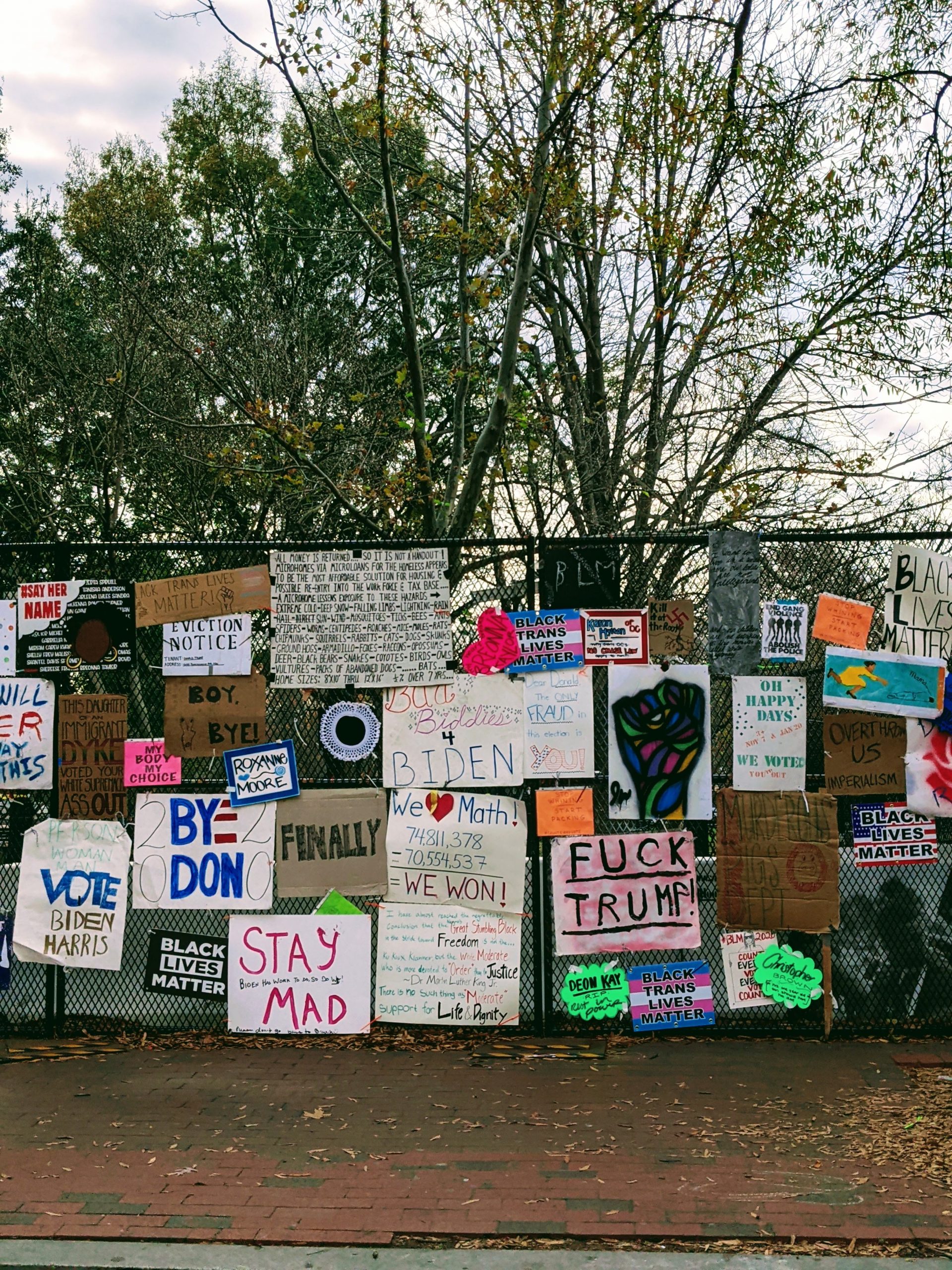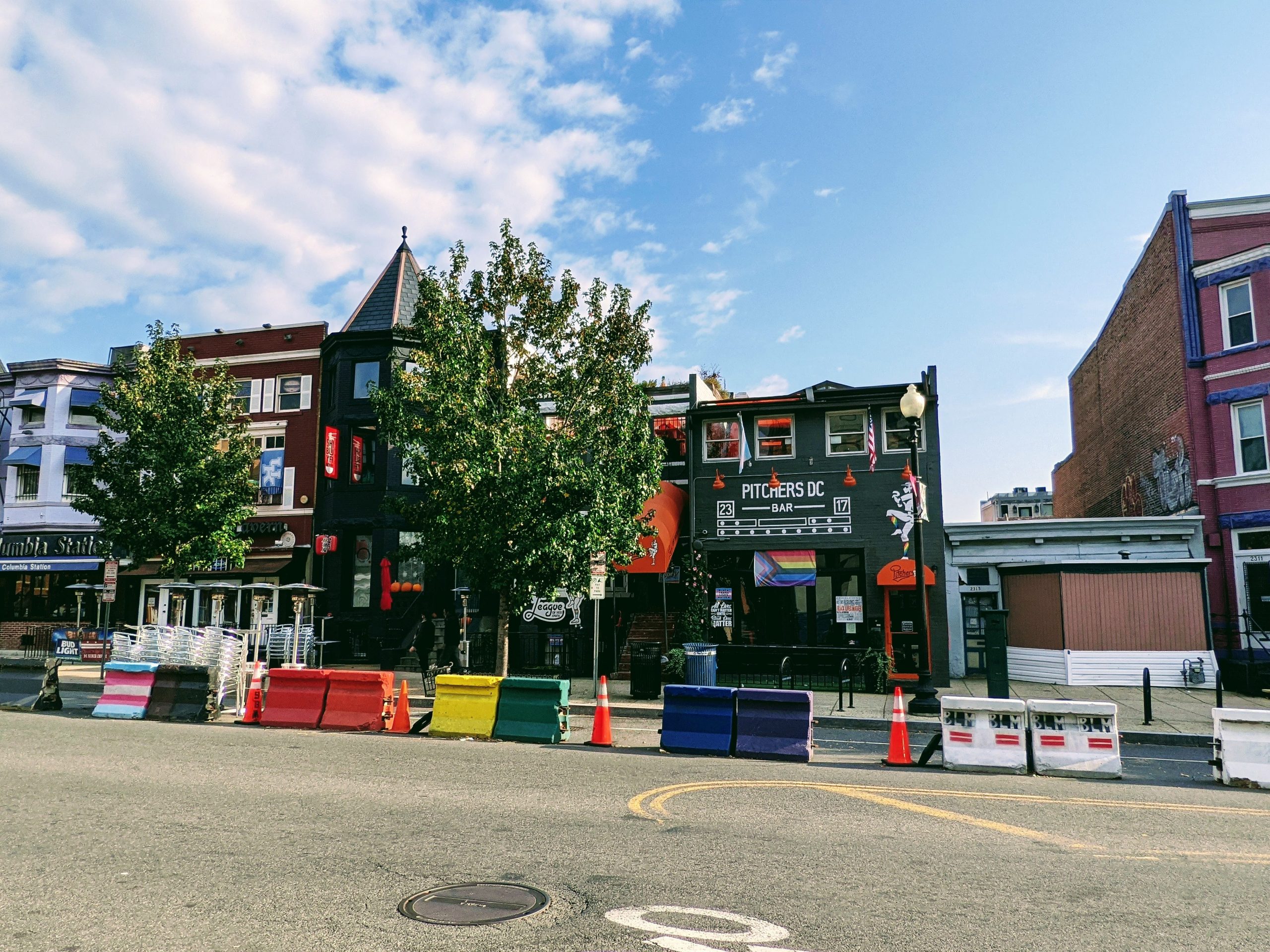
2020 has been a year of disproportional significance. With a global pandemic, a high-stakes presidential election, and national protests against police brutality and racial injustice, it is difficult to envision all the implications this year will have on our collective futures. There is little doubt that our children and grandchildren will ask what it was like to live through this moment and maybe even what life was like before it all. Looking back on this year might conjure up memories of everyone wearing masks in public or of violent protests as our national politics seemed to hang in the balance.
In our city streets and neighborhoods, events from this year have also left a visible mark. Outdoor seating is perhaps the most prominent example, but other signs point to this unique historical moment — signs that offer hope.

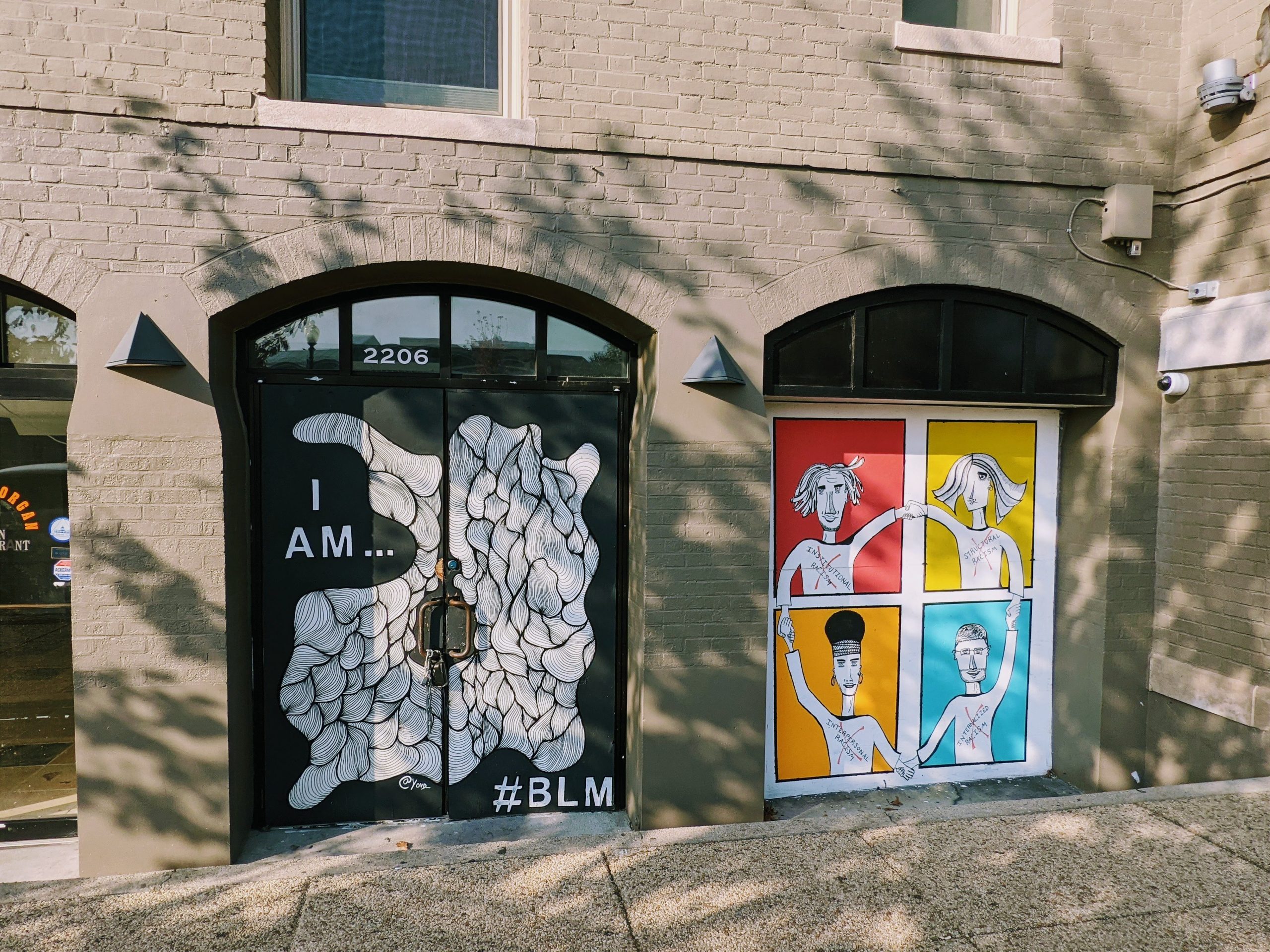
Taken predominantly in the Adams Morgan neighborhood of Washington DC, these pictures lay out the neighborhood’s sights on a blustery November morning. Visible messages supporting Black Lives Matter and racial justice strengthen and reinforce this neighborhood’s values. Despite the national divide over racial justice demonstrations, residents can look to their neighborhood and feel reassured that they live in a welcoming space that shares their concerns.
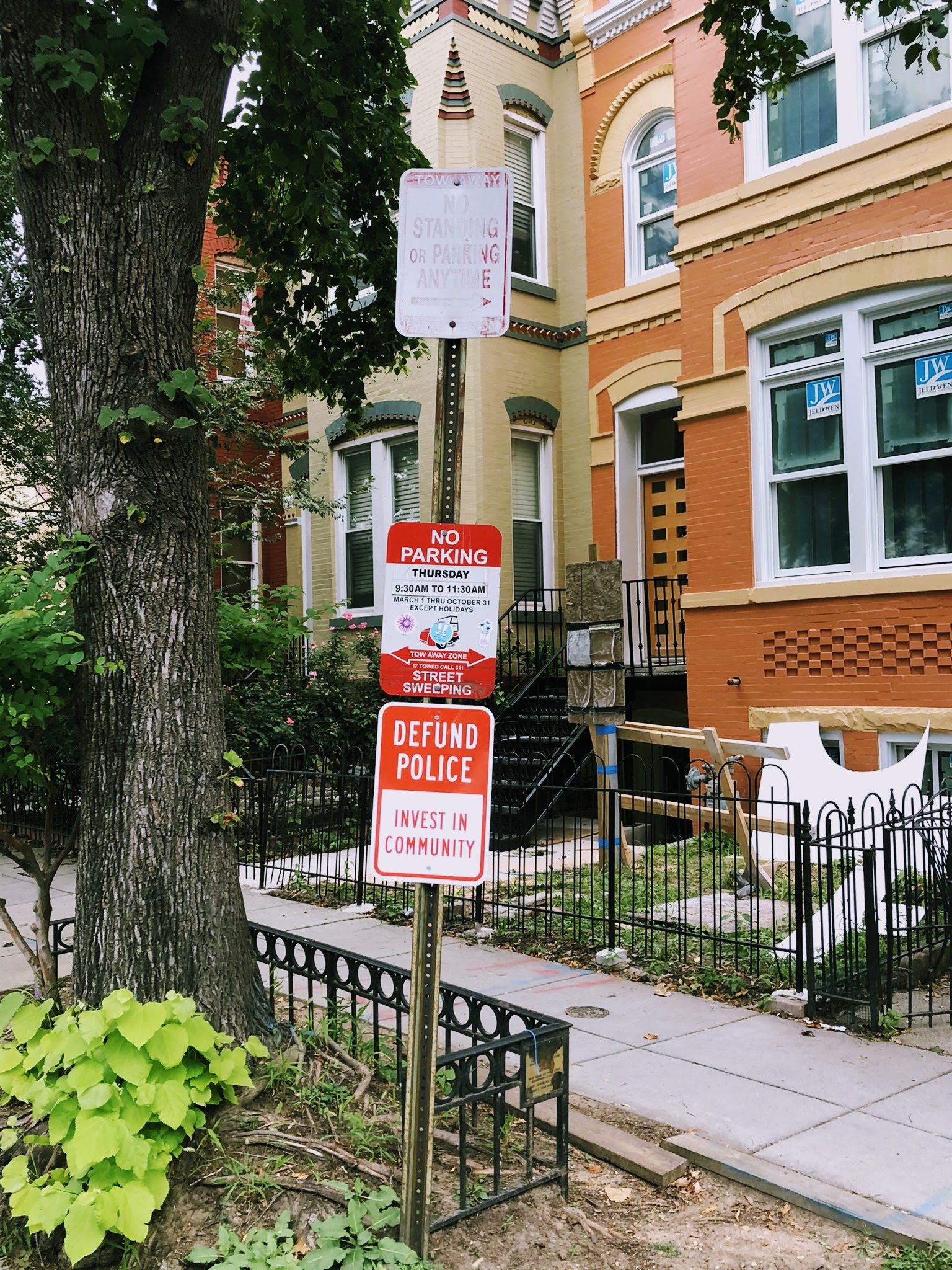
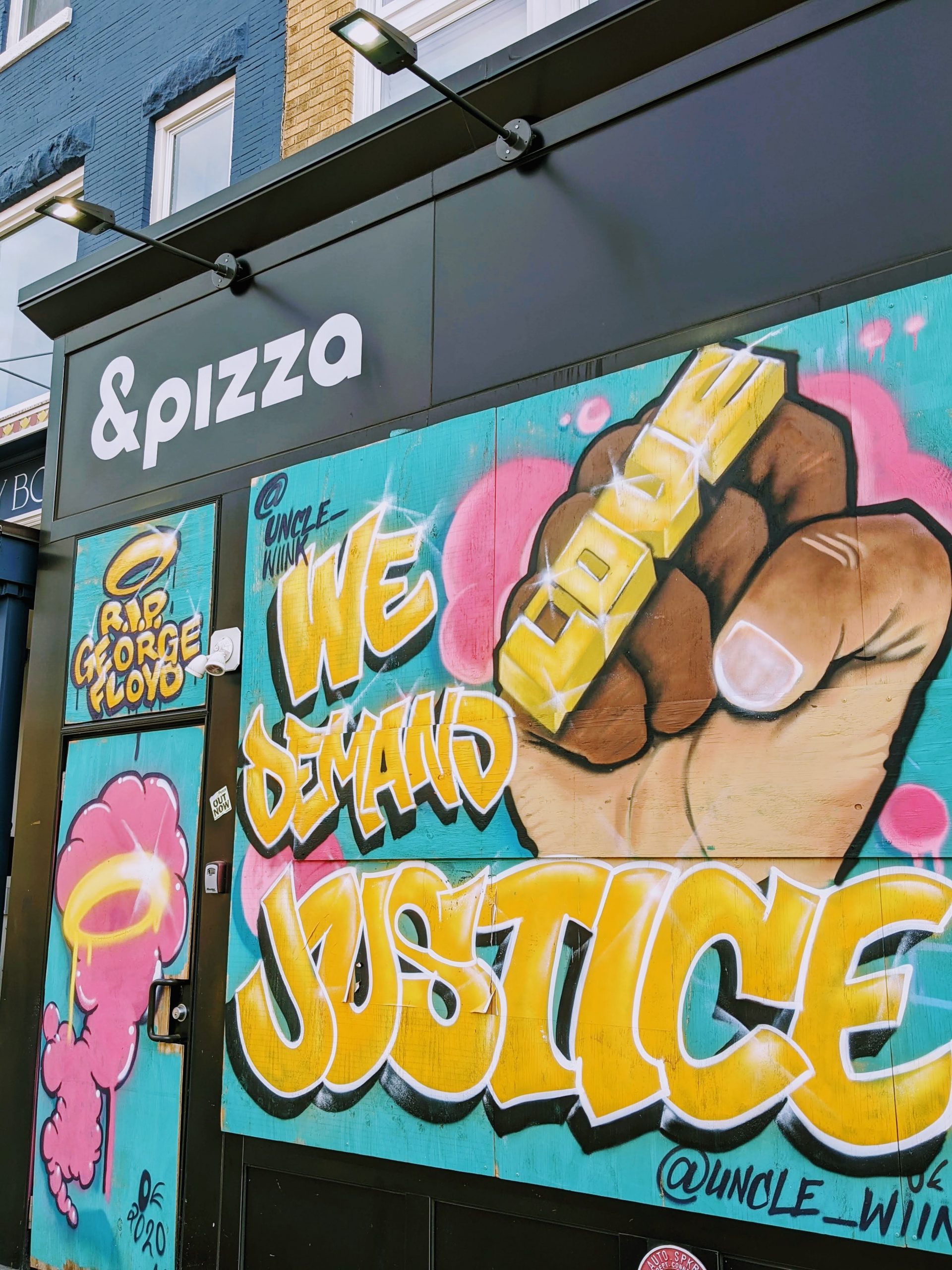
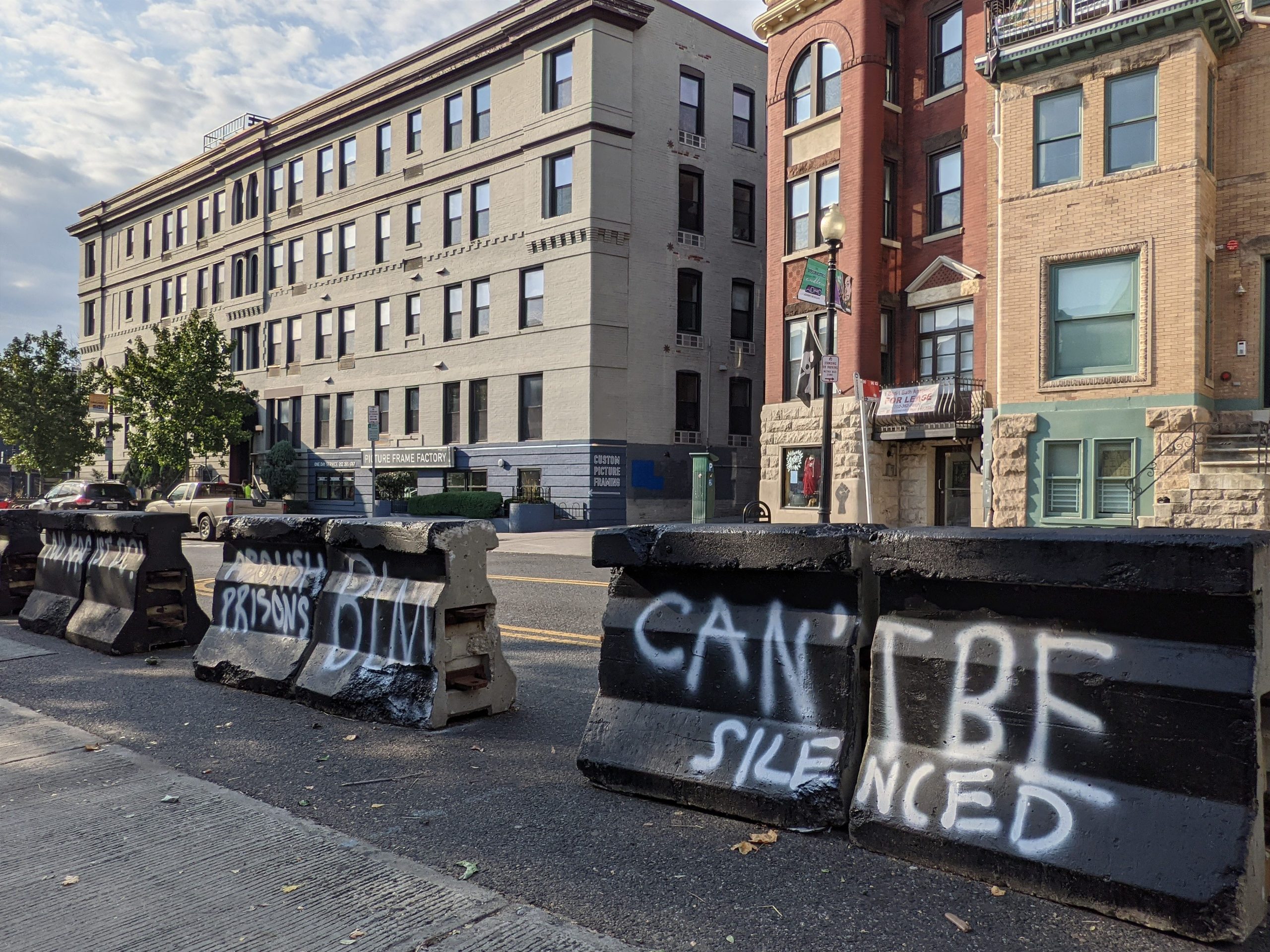
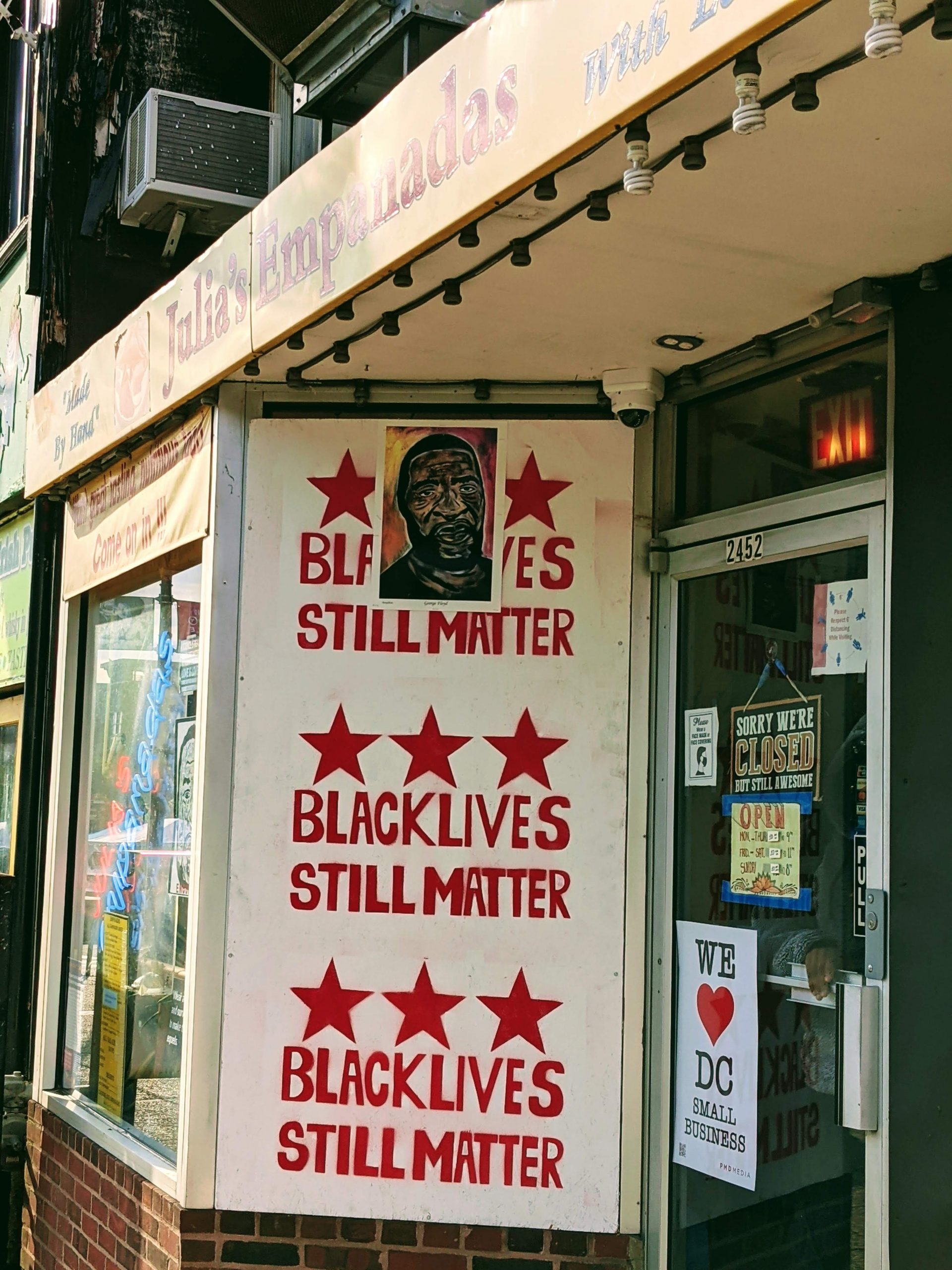
For someone who might not share these beliefs, these exhibitions might err on the side of vandalism as something undesirable. But what more could people ask from their neighborhood than to feel respected and have their values reflected by the places they go shopping or walk their dog? Suburbs, in many ways, embody the opposite of what is pictured here. Some homeowners associations forbid any political signage to be visible from the street, which is perfectly fine with many individuals who choose to live there.
I am not arguing that people should live segregated by their political beliefs (one could say this already happened as a product of redlining and discriminatory mortgage loans). Rather, I point to how people can make their neighborhood feel like home and display shared values with their neighbors. To those living in Adams Morgan, these pictures represent precisely what makes their neighborhood feel like home and have been shaped to do so very strategically. Taking a second to study the urban environment in these trying times of health and social crises shed light on what matters most to people.
